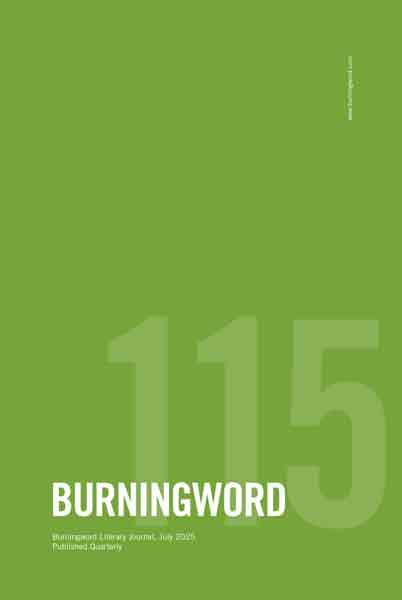What the Muse Says
& now it’s for real! Not the science fiction
of books or movies, test tube anomalies
reported from overseas, alien
contagion you could only survive given
regulated ventilation, capsulating spacesuit
NASA style. Say all you want
about mock-scenarios: Travolta’s The Boy in the
Plastic Bubble: the hellish loneliness of isolation
& quarantine, the psalmist who forewarned
of a “great trouble” I’d witness after she
took my $100 and told me in parting,
in no uncertain terms, that like the animals
who flocked to Noah’s Ark, I’d be spared,
Anita and the boys too, all of us protected
by the agency of some mystical
ministration. & then, almost overnite,
the pandemic surged like a tsunami,
came crashing with a shuddering BOOM!
In an instant life ceased to exist as we knew it.
Suddenly no one talked about wars,
the constant threat of terrorism, batting stances,
box scores, fast-breaks, Kobe or the triangle offense.
International flights were ordered home
as confirmed cases & death tolls
started to mount. Rubber gloves and surgical masks
became the accepted norm as hysteria & fear
ratcheted up & lockdown &
social distancing went from memes to everyday lingo.
& then the stern & troubling projections
from the C.D.C. of souls lost,
the World Health Organizations holocaust-like forecast
models; how airborne viruses mutate, flourish in
more welcoming environments—
the least resistant the more accommodating the host.
Contagions have gripped the earth before, left
a nasty trail of death & pestilence.
From S.A.R.S. to Swine to Covid-19, we have
Felt its brunt. But NOTHING compares
to the scourage of the Black Plague,
the Great Mortality, the Pestilence, the Great Bubonic,
the Great Plague, or lastly, because the world
had never seen the likes of it before,
because Europe & its counterparts, Eurasia & its outliers,
satellite societies, fringe nomadic & Mongols,
only a hundred years since the last
sighting of Genghis Khan upon the steppe, in the saddle
of a fine Arab Charger, before massive,
uncontrollable death—
millions upon millions upon millions—
more than ever accounted for
in the totality of wars.
& now we enlist them by anacronyms,
refer to them by geographic or animal
origin; the long history of illness
independent of questioning how or why.
You can trace the migration of the Plague
back to the Silk Road
where it swept through Crimea & then upon the yaw
& creak of Genoese merchants
bound for parts of Judea & Galilee,
the archipelagos of Thrace, the coastline of the Aegean
& Ionian Seas, from the stiletto
boot to the Strait of Gibraltar, rats scurrying
off the decks & gangplanks infecting
the under-belly of Europe.
O’ sickness, how it wiped-out the land—
from soothsayers to merchants to prostitutes
to great barrons— O’ bodies left roadside,
no shelter remained to conceal the dying,
the rotting. & the gripping reality of naked histrionics:
the caterwauling, the protracted gasp and breath,
the sudden collapse of the living
upon the dead, crying into the stale breath
of what they said would spread.
Stepping around or over
the faces of the known— bluish, purplish
luminesces cauliflowering the neck,
hair greased with sweat,
bacteria & fungi doing their dirty work.
Tonight Time’s Square is a flashing ghostown.
The remedies for pain have
different denominators, and they know what
they are— depression, drugs & daily exercise;
faith in god or 4 more oxycotin
pilfered from my wife’s purse. I’ll toss them in a box,
shake & offer: whichever you get
must be followed to completion.
What does the muse say? Grin & bear it.
Tony Tracy is the author of three poetry collections: The Christening, Without Notice and his newly released book overseas, Welcome To Your Life. He is a Pushcart Prize-nominated writer whose poetry has recently appeared or is forthcoming in North American Review, Burningword, Jelly Bucket, Poetry East, Tar River Poetry, Rattle, Hotel Amerika, Painted Bride Quarterly, Potomac Review, Briar Cliff Review, and various other magazines and journals.


